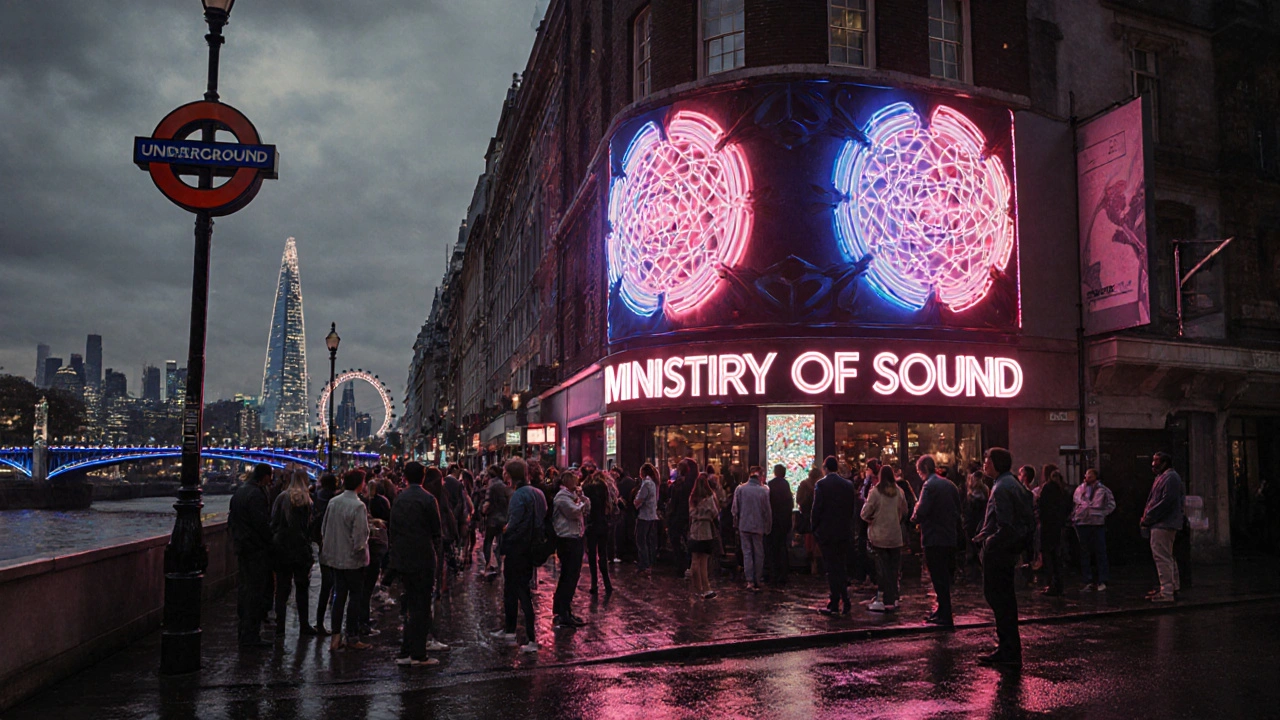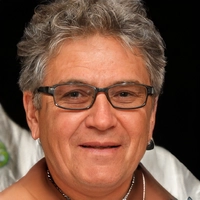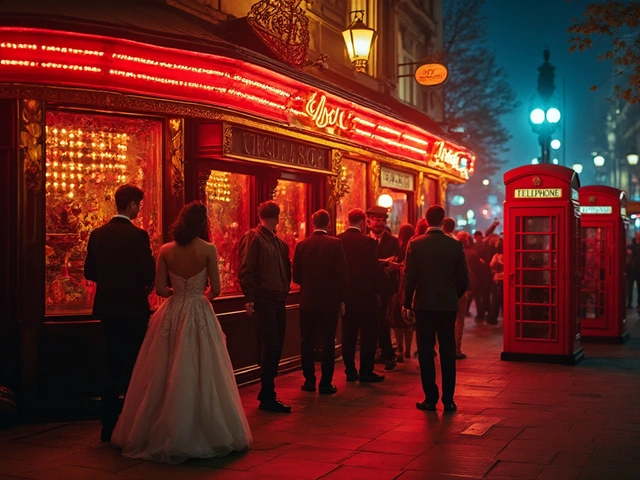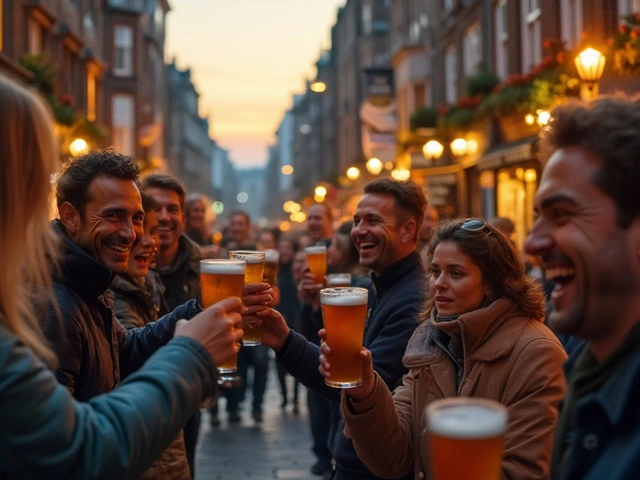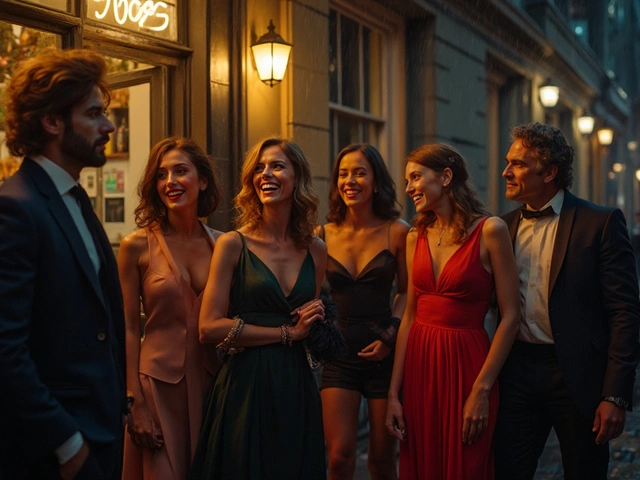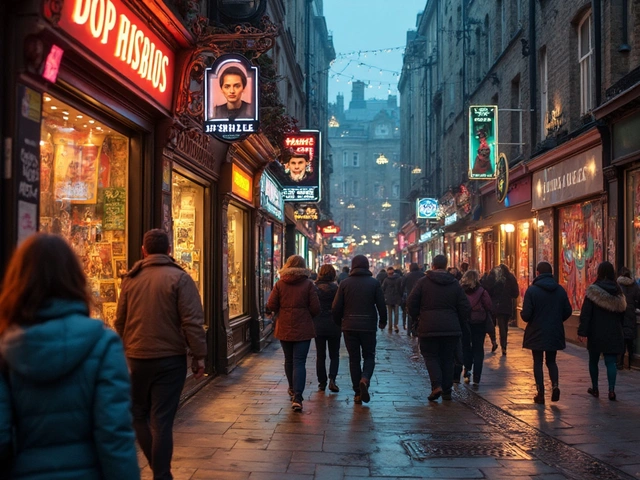When you think about London nightlife, the image of flashing lights, thumping bass and a packed dance floor instantly comes to mind. Among the dozens of venues that pepper the capital, Ministry of Sound stands out as the ultimate destination for anyone who lives for the beat. Whether you’re a local from Islington, an expat fresh off the Tube, or a tourist hunting the city’s legendary clubbing scene, Ministry of Sound offers a mix of sound, culture and convenience that’s hard to beat.
History and Legacy
Ministry of Sound is a pioneering dance club and record label that opened its doors in 1991 on Gaunt Street, south‑west London. It quickly became a touchstone for house and techno, shaping the sound of UK clubs for three decades. Legendary nights like “Big Beat” and “Sessions” helped launch the careers of DJs such as Sasha, John Digweed and Carl Cox, while the club’s own compilation albums sold millions worldwide. Today, the Ministry of Sound brand is synonymous with cutting‑edge electronic music, and its London venue still carries that historic weight.
World‑Class Sound System and Production
The club’s reputation isn’t just about its past - it’s built on a state‑of‑the‑art sound system that rivals any venue in Europe. Designed by renowned acoustic engineers, the 62‑speaker array delivers crystal‑clear highs, punchy mids and bone‑shaking lows across the 2,500‑square‑metre floor. The system is calibrated nightly, ensuring that every bass drop lands with the same impact as a live festival. For DJs, the club provides a high‑end Pioneer CDJ‑3000 set‑up, multiple Rekordbox‑compatible decks and a dedicated lighting rig synced to the music, making each set feel like a mini‑rave.
Location, Accessibility and London Connections
Set in the vibrant Hammersmith district, Ministry of Sound is just a short walk from Hammersmith Underground station (Piccadilly, District, Hammersmith & City lines). The venue’s proximity to the River Thames means you can combine a night out with a scenic riverside stroll before or after the club. For those staying in Central London, the 20‑minute Tube ride from Piccadilly Circus or a quick Uber from the West End makes the club easily reachable. The venue also offers on‑site valet and nearby public parking at the Hammersmith Arsenal Stadium car park.
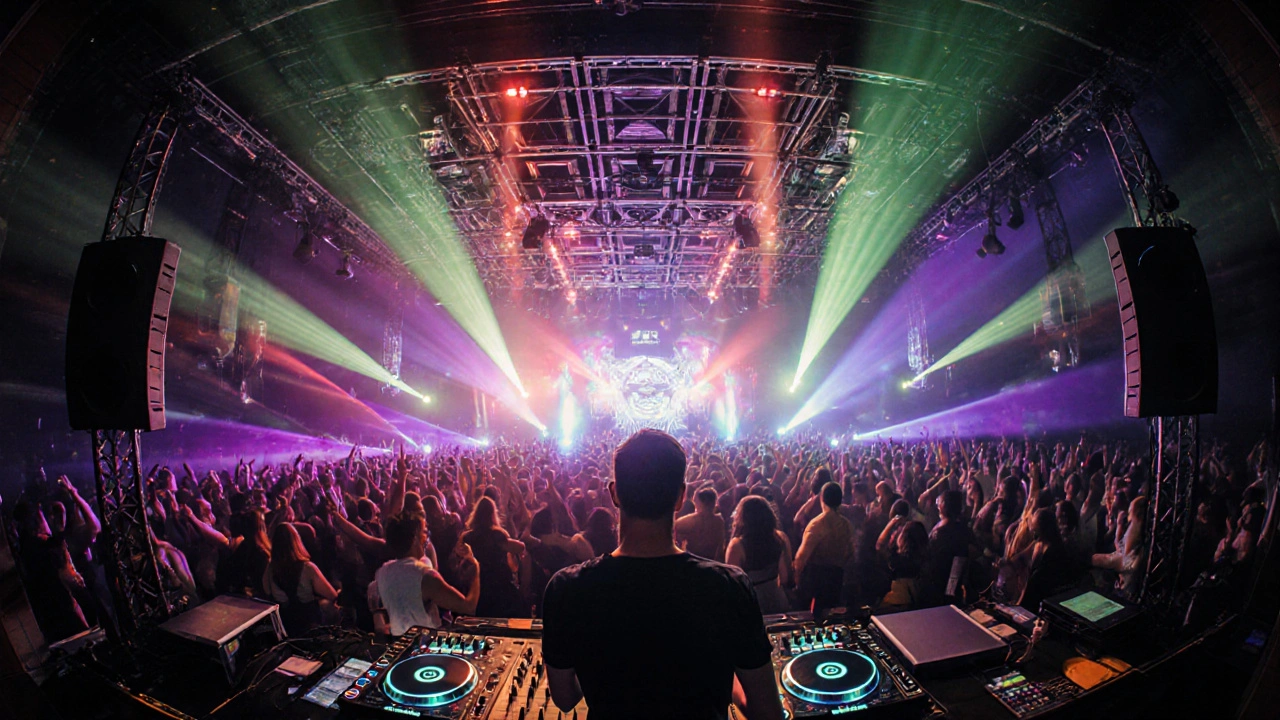
Events, Resident DJs and International Guest Sets
Ministry of Sound keeps its calendar packed with a blend of resident and guest talent. The resident roster includes talents like Mark Knight, Maya Jane Coles, and Maceo Plex, who deliver regular “House & Techno” nights. Each Friday is dedicated to deep house, while Saturdays swing between techno marathons and commercial EDM spectacles featuring global headliners such as Carl Cox, Nicole Moudaber or Amelie Lens. The club also hosts “Ministry Classics”, a monthly throw‑back night that spins the iconic tracks from its own compilation catalogue.
The Crowd, Dress Code and Culture
One of the biggest draws for London dance fans is the eclectic crowd. You’ll find everyone from seasoned clubbers who have been attending since the early ’90s to fresh‑face millennials discovering house for the first time. The dress code stays relaxed but stylish - think smart‑casual, quality sneakers or boots, and the occasional statement jacket. The venue enforces a strict ID policy (18+), and its VIP areas offer bottle service, exclusive tables and a private bar. For those who prefer a more relaxed vibe, the mezzanine lounge provides a chill spot to recharge without missing the main floor energy.
How Ministry of Sound Stacks Up Against Other London Clubs
| Venue | Location | Capacity | Signature Sound | Typical Night |
|---|---|---|---|---|
| Ministry of Sound | Hammersmith | ~2,500 | High‑power 62‑speaker system | Resident house/techno + global headliners |
| Fabric | Farringdon | ~2,300 | Warm, bass‑heavy sound | Techno & drum‑&‑bass marathon nights |
| Egg London | Kensington | ~1,500 | Club‑level, immersive lighting | Late‑night house & deep techno sessions |
| Printworks | Canada Water | ~5,000 | Industrial, cathedral‑like acoustics | Large‑scale festival‑style EDM events |
While each venue has its charm, Ministry of Sound’s blend of world‑class production, historic brand power and central Hammersmith location makes it the most versatile choice for a night out in London. Whether you crave a polished house set or a thunderous techno marathon, you’ll find a slot that fits your mood.
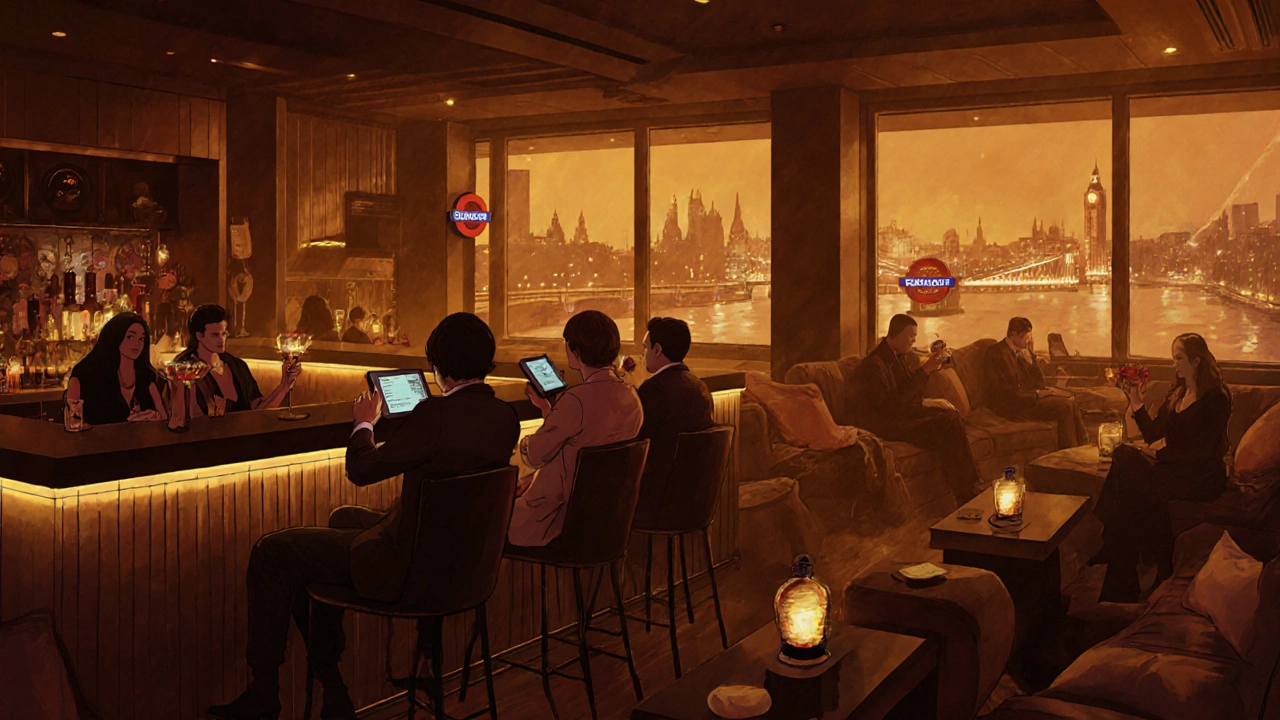
Practical Tips for a Seamless Night
- Buy tickets early. Popular headliners sell out within days, so check the official Ministry of Sound website or reputable ticket platforms like Resident Advisor.
- Arrive before the doors open (usually 9 pm) to avoid long queues, especially on weekends.
- Use an Oyster card or contactless payment for the Tube-Hammersmith station is the most convenient entry point.
- Keep a photo ID handy; the club’s door policy is strict.
- If you plan on drinking, the mezzanine bar offers a quieter space to recharge before hitting the main floor again.
- Consider the “Early Bird” entry price, which is cheaper for arrivals before 11 pm.
By following these pointers, you’ll maximise your enjoyment and avoid common pitfalls like overcrowded queues or missing the best part of the set.
Frequently Asked Questions
Frequently Asked Questions
What age must I be to enter Ministry of Sound?
All guests must be 18 years or older and present a valid photo ID at the door.
How do I get to Ministry of Sound from Central London?
Take the Piccadilly Line to Hammersmith station (approx. 20 minutes from Piccadilly Circus) and walk north‑east for about 5 minutes. The venue’s entrance is on Gaunt Street.
Does Ministry of Sound have a dress code?
The club follows a smart‑casual dress code: neat sneakers or shoes, no sportswear, and no overly revealing attire. Dress to feel confident and comfortable on the dance floor.
Can I bring a bottle for the VIP tables?
Yes, VIP packages include a bottle‑service option. Prices vary, so check the official website or contact the venue directly for current rates.
What’s the best night for house music fans?
Friday nights are dedicated to deep and progressive house, featuring resident DJs like Mark Knight and Maya Jane Coles.

